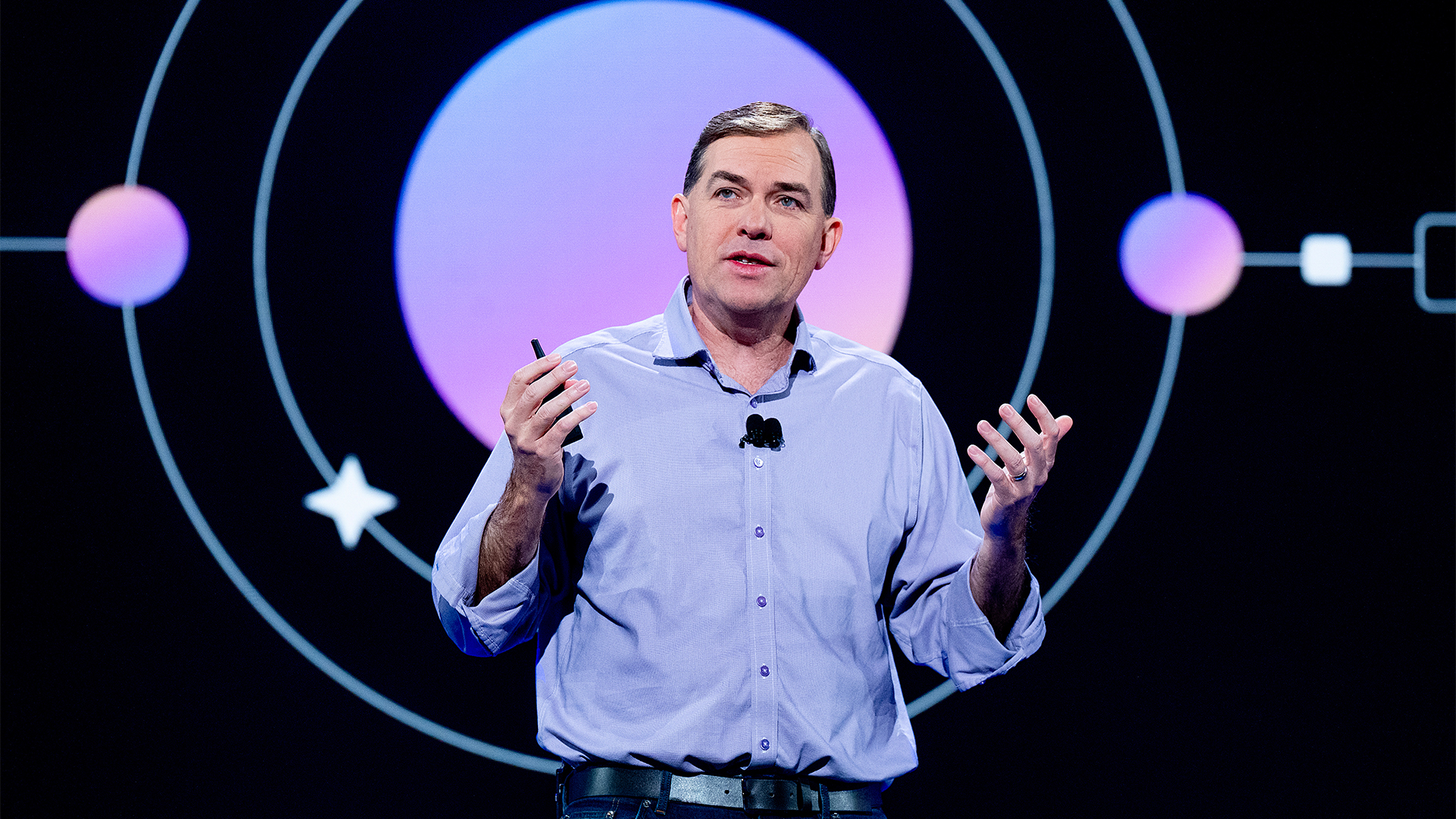How full-stack observability can help keep control of cloud costs
With businesses lacking the tools to manage surging costs, visibility into cloud computing usage might be crucial

The advent of cloud computing ushered in an exciting wave of digital transformation, fundamentally altering the approach many businesses took to revitalising their systems and infrastructure. After all, how can we imagine the world today without the cloud?
This initial excitement, however, has sometimes given way to weariness and suspicion, particularly over the spectre of cloud costs. In keeping with rising prices in seemingly all facets of life, businesses also face the very present danger of surging cloud computing costs. It's a phenomenon that risks sneaking up on many companies and individuals, exemplified recently by the experience of Have I Been Pwned creator Troy Hunt, who was himself ‘pwned’ by unexpected cloud fees.
It can be difficult to keep track of your cloud usage, particularly if your business needs fluctuate to the extent you’ll incur huge unforeseen costs. It's wise, therefore, for organisations without full oversight of their systems, and the needs of their business, to take critical measures to gain greater visibility and manage spiralling expenditure. There's a handful of tools available to this end to help businesses grapple with this challenge, such as full-stack observability. Full-stack observability consolidates all IT systems into one domain of visibility, which extends beyond traditional IT infrastructure into network infrastructure and applications, both internal operational software and customer-facing, including cloud.
Cloud computing’s race to the sky
Expenditure on cloud computing has surged dramatically – almost exponentially – in recent years, with SRG Research reporting last year that spending on cloud infrastructure services rose 35% to $130 billion in 2020. “Over the last ten years, we have seen a dramatic increase in computer capabilities, increasingly sophisticated enterprise apps and an explosion in the amount of data being generated and processed, resulting in an ever-growing need for data centre capacity,” said chief analyst at SRG, John Dinsdale.
“When a company needs computing power to manage its data and to run its business apps, it can either invest in its own data centre infrastructure or it can use cloud services provided by a public cloud provider. Clearly, companies have been voting with their wallets on what makes the most sense for them. We do not expect to see such a drastic reduction in spending on enterprise data centres over the next five years, but for sure we will continue to see aggressive cloud growth over that period.”
As the cloud expands, so does the amount businesses can find themselves spending on services, with Arlington Research findings showing the vast majority of companies (82%) are spending more on cloud computing than they need to. While expenditure might be in danger of spiralling, many companies feel they have a good handle on cloud costs. More than three-quarters of respondents to the same survey said they were adept at identifying unused resources, configuring real-time cost alerts and understanding cost allocations.
These firms, nevertheless, weren’t necessarily equipped with the right tools to stay on top of rising cloud costs, with fewer than half of respondents having visibility tools and usage dashboards. Just 53% of cloud decision-makers asked said they had capacity and usage planning tools in-house. These are only a handful of the systems businesses can employ that contribute to full-stack observability.
Indeed, the lack of visibility across multiple cloud workloads is a major problem. An alarming majority of businesses suggest they can’t get a global view of cloud costs, with 70% suggesting limited visibility wastes time and creates cost inefficiencies.
Open your eyes to the visibility gap
With digital transformation taking on new forms and the cloud’s reach expanding evermore, it’s created something of a visibility gap, with IT teams struggling to monitor how apps behave and the overall performance and health of systems. It’s become more challenging, therefore, to identify and resolve issues before they become serious problems. Domain-centric tools weren’t designed for this new reality of diverse and dynamic tech stacks, and aren’t able to offer the ideal end-to-end view of a business's entire ecosystem. Full-stack observability, however, is one such way organisations stand a chance of fully comprehending what’s happening in real-time across the breadth of the tech stack.
As a key component of Cisco’s solution for full-stack observability, AppDynamics is helping IT teams see, understand, and optimise their cloud usage and other IT architecture. Full-stack observability provides businesses with the tools to examine the breadth of their domain, so organisations have all the information possible to get to grips with rising cloud costs. Using the firm’s IT monitoring solutions, businesses will attain a greater understanding of the potential pitfalls when scaling operations, or even get to the bottom of how cloud usage varies over time.
There are various ways in which full-stack observability can manifest. AppDynamics – as part of Cisco’s vision for full-stack observability – can align IT teams to support the modernised tech stack, resolve problems proactively, and prioritise app performance by associating it directly with business outcomes. These avenues are particularly critical when a business undergoes cloud migration or expansion. In terms of app deployment, for instance, full-stack visibility lets a business optimise code to reduce cloud costs while accelerating release cycles and adopting more cloud-native services. AppDynamics, in this instance, automatically discovers all an app’s components, as well as third-party calls and business transactional flows, with this level of clarity providing a particular view on how a service interacts with other apps and end-users.
Although the mass shift to the cloud in recent years has ushered in an exciting wave of digital transformation, the threat of surging cloud costs might entirely derail an organisation’s ambitions. While there are several measures a business can take when faced with the prospect of spiralling expenditure, full-stack observability is a critical step in gaining the knowledge to create more efficiencies in cloud operations, and ensuring there’s no compromise on digital transformation plans.
Sign up today and you will receive a free copy of our Future Focus 2025 report - the leading guidance on AI, cybersecurity and other IT challenges as per 700+ senior executives
ITPro is a global business technology website providing the latest news, analysis, and business insight for IT decision-makers. Whether it's cyber security, cloud computing, IT infrastructure, or business strategy, we aim to equip leaders with the data they need to make informed IT investments.
For regular updates delivered to your inbox and social feeds, be sure to sign up to our daily newsletter and follow on us LinkedIn and Twitter.
-
 HPE and Nvidia launch first EU AI factory lab in France
HPE and Nvidia launch first EU AI factory lab in FranceThe facility will let customers test and validate their sovereign AI factories
-
 AWS CEO Matt Garman says AI agents will have 'as much impact on your business as the internet or cloud'
AWS CEO Matt Garman says AI agents will have 'as much impact on your business as the internet or cloud'News Garman told attendees at AWS re:Invent that AI agents represent a paradigm shift in the trajectory of AI and will finally unlock returns on investment for enterprises.

